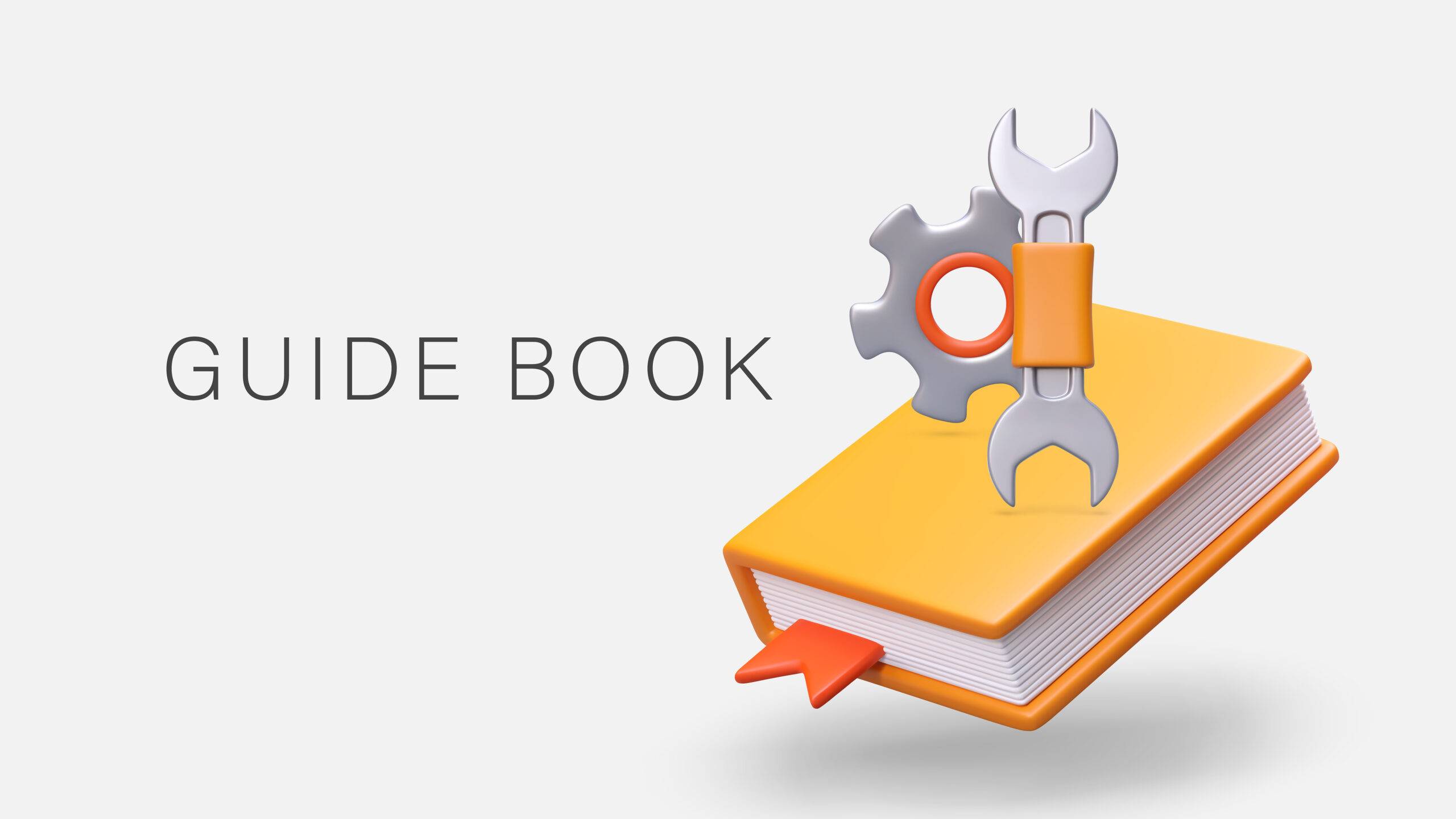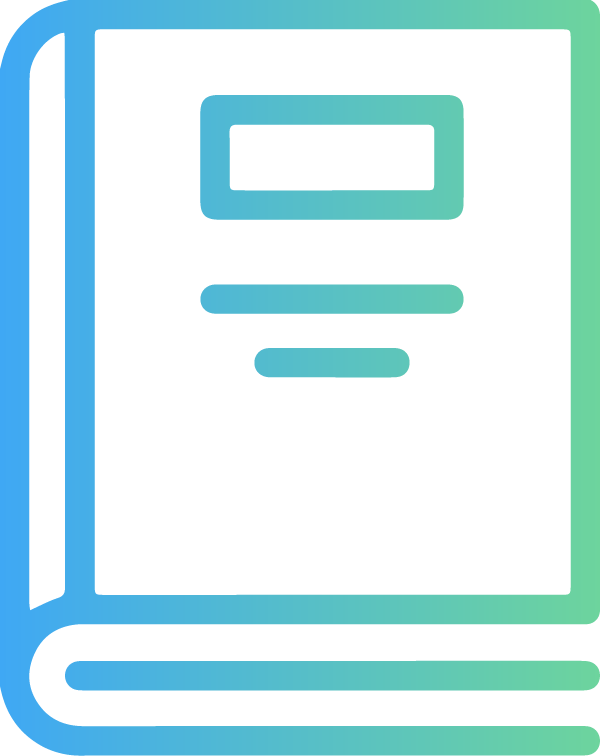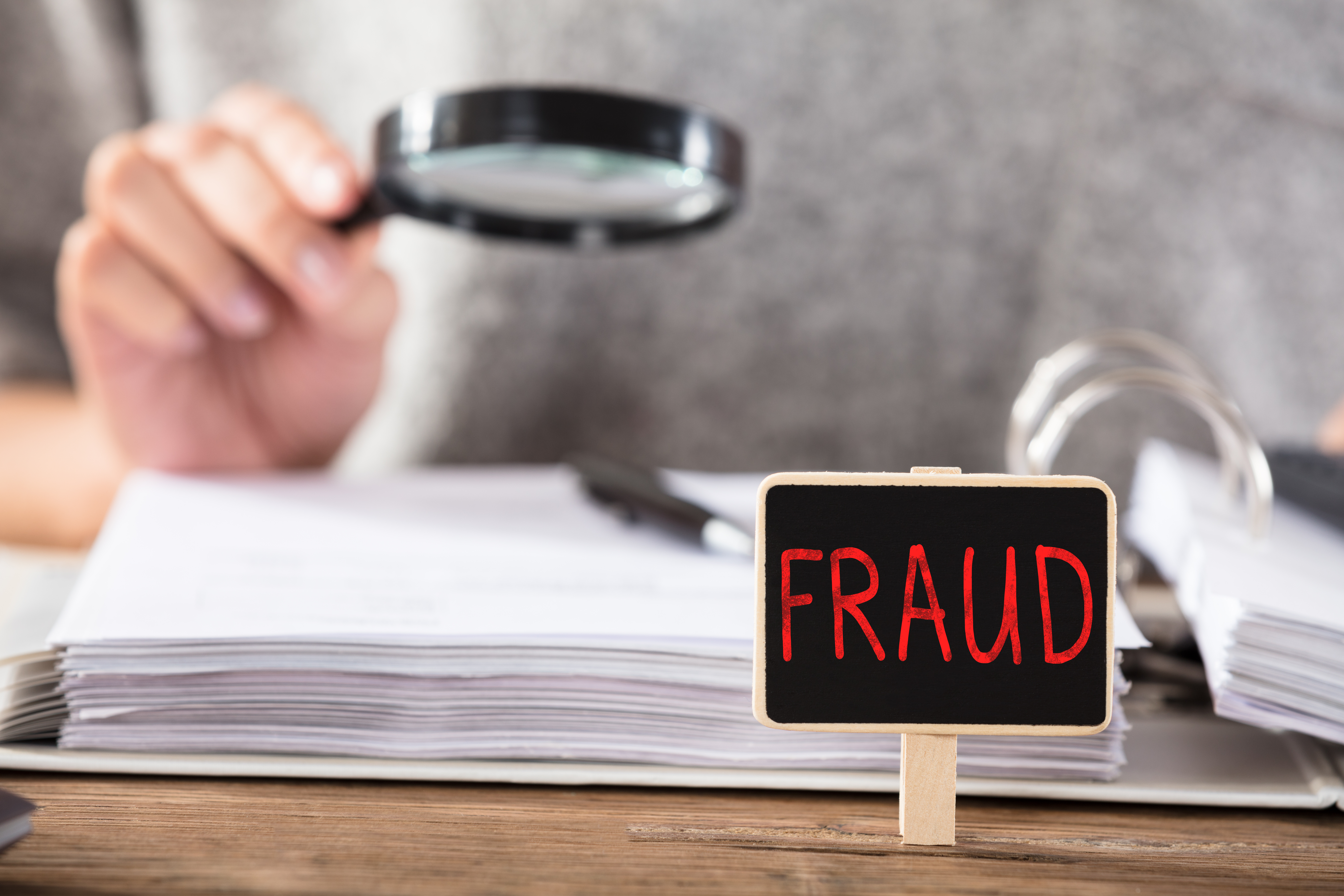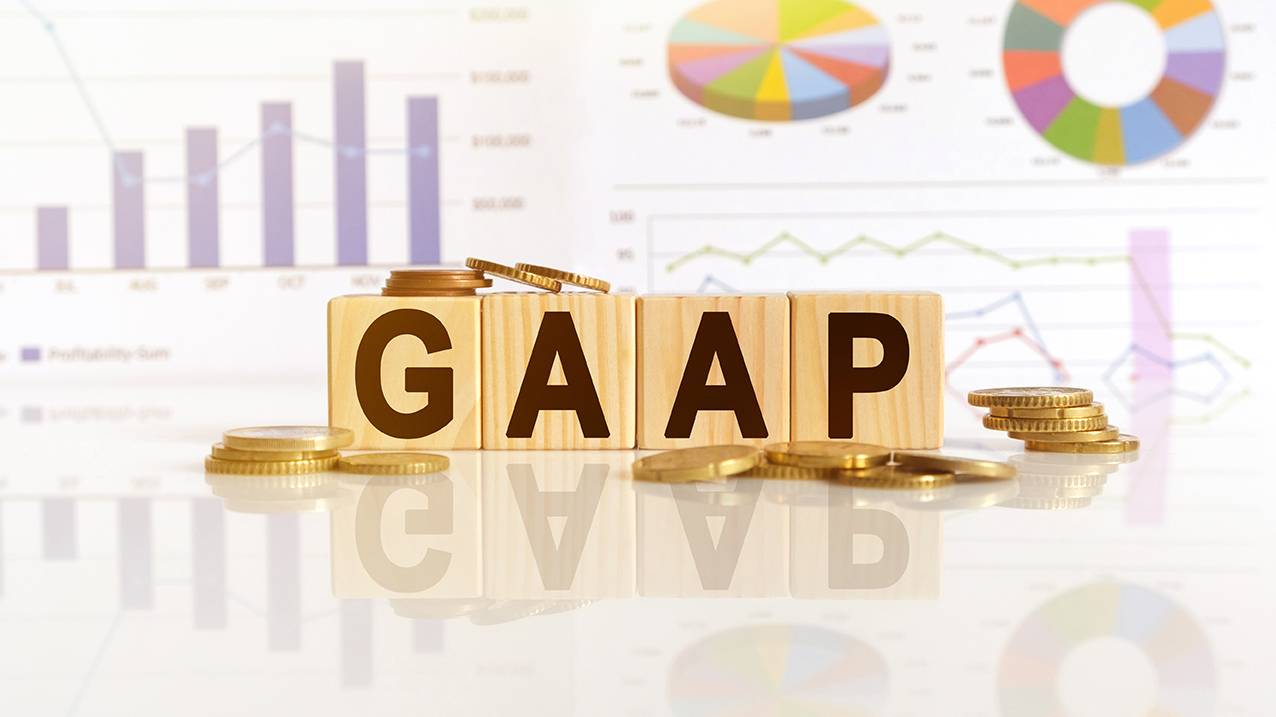Self-Study
Credit and Collection Guidebook
Your credit and collection guidebook for revenue management with strategic credit policies and collection procedures.

$364.00 – $404.00
Webcasts are available for viewing Monday – Saturday, 8am – 8pm ET.
Without FlexCast, you must start with enough time to finish. (1 Hr/Credit)
Please fill out the form below and we will reach out as soon as possible.
CPE Credits
14 Credits: Accounting
Course Level
Overview
Format
Self-Study
Course Description
Credit and Collection Guidebook offers an in-depth exploration of the credit and collection functions, key to balancing increased sales with manageable bad debt. You will gain valuable insights into the structure and management of these critical functions, understanding how to design jobs, implement key procedures and forms, and apply effective collection and litigation tactics. The credit and collections accounting CPE course provides practical knowledge on developing and managing credit policies, handling credit applications, and using various methodologies for credit rating. The credit and collections accounting course also addresses efficient billing processes, payment deductions management, skip tracing, and the strategic use of collection agencies and litigation. Additionally, the course explores the integration of technology in these functions, identifying performance metrics and legal considerations crucial for credit and collection professionals. This training is essential for those looking to enhance their organization’s financial health through effective credit and collection strategies.
Learning Objectives
Upon successful completion of this course, participants will be able to:
Chapter 1
- Note the roles of the various employees of the credit and collection functions.
Chapter 2
- Identify the key procedures and forms needed to operate the credit function.
Chapter 3
- Cite the key controls needed for the credit function and note what they are intended to accomplish.
Chapter 4
- State the key procedures and forms needed to operate the collection function, and the situations in which they are applicable.
Chapter 5
- Identify the key controls needed for the collection function.
Chapter 6
- Identify the main elements of a credit policy and note the situations in which the policy may be changed.
Chapter 7
- Cite the contents and handling of a credit application, and note why this process is used.
Chapter 8
- State the methodologies available for developing credit ratings, and the situations in which credit rating systems can be used.
Chapter 9
- Itemize the events that can trigger a credit review.
Chapter 10
- Identify the methods that can be used to interpret the financial statements of a customer.
Chapter 11
- Cite the methods available for mitigating the risk associated with granting credit.
Chapter 12
- State the methods used to achieve an efficient and effective billing process.
Chapter 13
- Itemize the methods available for processing customer payments, and note who is involved in this activity.
Chapter 14
- Identify the primary tactics used to collect cash from customers, and note how these tactics can be improved.
Chapter 15
- Cite the management techniques used to deal with payment deductions made by customers.
Chapter 16
- State the sources of information used to locate customers via skip tracing, and the circumstances under which skip tracing might be necessary.
Chapter 17
- Note the reasons for using a collection agency, when to use one, and the fee structures they employ.
Chapter 18
- Identify the reasons for using litigation and the methods for collecting on favorable judgments.
Chapter 19
- Note the classification of the allowance for doubtful accounts.
- Cite the methods used to estimate the amount of the allowance for doubtful accounts, and how to account for this allowance.
Chapter 20
- State the types of technology that can support the credit and collection functions.
Chapter 21
- Identify the areas in which other parts of a company can cause collection problems, and how to mitigate these problems.
Chapter 22
- Identify the key measurements used to evaluate the performance of credit and collections, and note how these measurements should be used.
Chapter 23
- Cite the key laws that impact the credit and collection functions.
Course Specifics
1183360
February 2, 2023
There are no prerequisites
None
290
Compliance Information
CMA Notice: Western CPE makes every attempt to maintain our CMA CPE library, to ensure a course meets your continuing education requirements please visit Insitute of Management Accountants (IMA)
CFP Notice: Not all courses that qualify for CFP® credit are registered by Western CPE. If a course does not have a CFP registration number in the compliance section, the continuing education will need to be individually reported with the CFP Board. For more information on the reporting process, required documentation, processing fee, etc., contact the CFP Board. CFP Professionals must take each course in it’s entirety, the CFP Board DOES NOT accept partial credits for courses.
Meet The Experts

Steven M. Bragg, CPA, is a full-time book and course author who has written more than 300 business books and courses. He provides Western CPE with self-study courses in the areas of accounting and finance, with an emphasis on the practical application of accounting standards and management techniques. A sampling of his courses include the The New Controller Guidebook, The GAAP Guidebook, Accountants’ Guidebook, and Closing the Books: An Accountant’s Guide. He also manages the Accounting Best Practices podcast. Steven has been the CFO or controller of both public and private companies and has been a consulting manager with Ernst & Young and …
Related Courses
-
 Accounting
Accounting
Accountants’ Guidebook
Steven M. Bragg, CPA QAS Self-Study
Credits: 30 $600.00
QAS Self-Study
Credits: 30 $600.00$600.00 – $640.00
-
 Accounting
Accounting
Accounting Fraud: Recent Cases
Joseph Helstrom, CPA QAS Self-Study
Credits: 1 $29.00
QAS Self-Study
Credits: 1 $29.00$29.00 – $49.00
-
 Accounting
Accounting
GAAP Guidebook
Steven M. Bragg, CPA QAS Self-Study
Credits: 29 $580.00
QAS Self-Study
Credits: 29 $580.00$580.00 – $620.00
